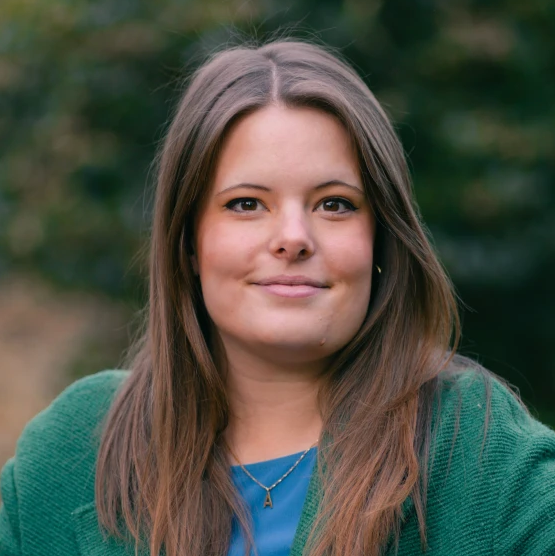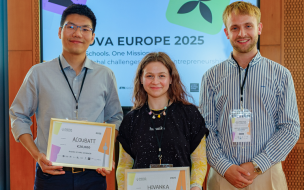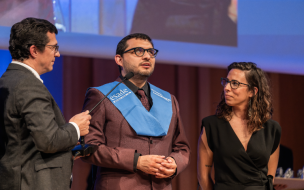An MBA's core curriculum is designed to fill the gaps in your skillset to give you comprehensive management expertise, and there’s a justified presumption that these modules compose the base upon which more specialized learning can only later be built.
Business school websites reflect this thinking: core curricula provide a ‘foundation’ for business learning, a ‘grounding’ for what comes next—but is there a better way?
The College of New Jersey (TCNJ) believes so.
This fall, the school is debuting its brand-new ‘T-style’ MBA, in which students will begin the program with specialized learning and get to the core content later.
“A lot of the time, the traditional MBA will put the core curriculum first and focus on points that you already know and are already doing in practice,” explains Chanelle Lester, director of the MBA at TCNJ.
“You always need that core to strengthen your knowledge base as a whole, but it’s the specialized piece that’s the new information you’re getting, so we felt that putting that first would be beneficial for students.”
Challenging the status quo
TCNJ may be onto something here.
Traditional MBAs have been losing ground in the last few years to specialized master’s programs that bring students up to date with the latest business challenges—giving priority to this kind of specialist knowledge could ensure students get the best of both worlds.
TCNJ offers three specializations to its MBA students: one in data analytics, one in strategy, innovation, and leadership, and one in finance, the latter of which will be available to students from fall 2020.
Though they are called ‘specialized’ tracks, Chanelle points out that any one of them has the potential to be applied across industries—for instance, data analytics.
“Analysing [data] is really becoming beneficial to each and every individual company as they see the need to delve into data analytics,” she notes.
Innovation, too, is a cross-industry concern: “Organizations as a whole are able to survive and prosper by challenging the status quo,” Chanelle says. “Finding new ways to do business and develop value is what that specialization focuses on.”
Though the ‘T-style’ approach’s initial focus may seem narrow, it could give students an important entry-point into business more generally, by making them consider their generalist teachings in the light of the cutting-edge content they’ll already have covered.
Immediate return on investment
The other advantage of the ‘T-style’ MBA, in TCNJ’s view, is that students can start feeling the benefits immediately, as they will be working alongside their studies.
TCNJ’s program is a hybrid learning course, in which students will meet face-to-face at weekends during spring and summer and work exclusively online during winter.
This means that instead of waiting for up to two years to translate classroom knowledge into workplace action, MBAs can put their newfound specialisms to work within days.
Not only that, but they can discuss their progress with active business practitioners, whom the school bring in from outside of the business school faculty to teach on the specialized learning tracks.
“Usually you only see that for executive and EMBA programs, where an executive leader comes in to give guidance to the students,” Chanelle points out, “but we felt like that was beneficial for MBA students as well.
“We have practitioners who are already in industry, who can show how what [students] are learning in class can be applied to their work environment.”
Although the idea of turning the traditional MBA format on its head might shock business school traditionalists, then, it is actually a considered response to the ways in which managers’ lives and priorities have changed in the last few years.
“By changing to the T-style, we felt that we were able to give students an opportunity to gain the information [they need] and take that knowledge right back on Monday to their employer,” Chanelle says.
Turning the MBA format on its head could be just the shake-up that the program needs.
*Featured image used under this licence
RECAPTHA :
54
2e
26
a8




 6
6 




Comments.